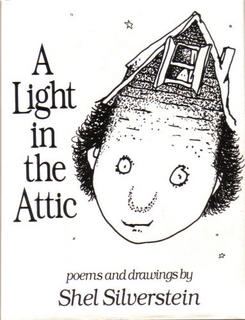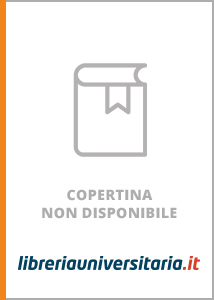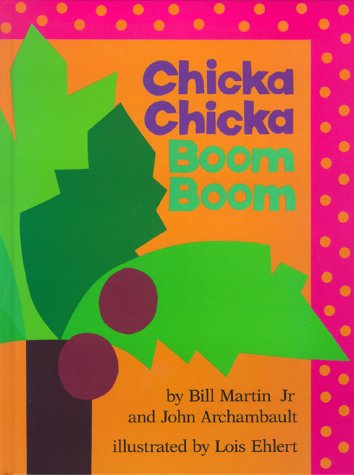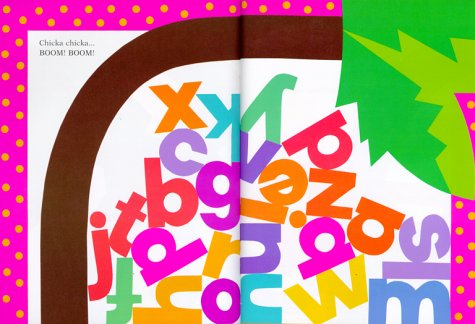"A Light in the Attic"
Author: Shel Silverstein
Illustrator: Shel Silverstein
Publisher: Harper Collins Publishers
ISBN:0060256737
When I knew that we would be blogging on poetry I wasn’t too happy. I have never been a fan of reading poetry. I remember being in school and my teachers reading poetry with my class byt I could never build an interest in it. However, even though I never enjoyed poetry there was one book of poetry that I developed an interest in. That book is Shel Silverstein’s, “A Light in the Attic.” Shel Silverstien is the creator of the beloved poetry collection. Here is a description from his work.
Last night while I lay thinking here
Some Whatifs crawled inside my ear
And pranced and partied all night long
And sang their same old Whatif song:
Some Whatifs crawled inside my ear
And pranced and partied all night long
And sang their same old Whatif song:
Whatif I flunk that test?
Whatif green hair grows on my chest?
Whatif nobody likes me?
Whatif a bolt of lightning strikes me?...
Whatif green hair grows on my chest?
Whatif nobody likes me?
Whatif a bolt of lightning strikes me?...
In this poetry book you will find a variety of different poems. Some of these poems include Backward Bill, Sour Face Ann, the Meehoo with an Exactlywatt, and the Polar Bear in the Frigidaire. In these poems Shel Silverstein tries to explain the what ifs For example, you will talk with Broiled Face, and find out what happens when Somebody steals your knees, what happens when you get caught by the Quick-Digesting Gink, a Mountain snores, and They Put a Brassiere on the Camel. Although many of his poems are humorous, they make a reader really think about what he is saying. Although the poems don’t tell a complete story, the readers can use there imagination while reading each poem.. In addition, Shel Silverstein uses illustrations for his poems images for each poem written. In these images Shel Silverstein only uses black and white pencil drawing. These images of his characters are drawn in cartoon format,
Since April is National Poetry Month, using Shel Silverstein’s “A Light in the Attic” is a great way to familiarize students with poetry. This was established in 1996 by the Academy of American Poets





